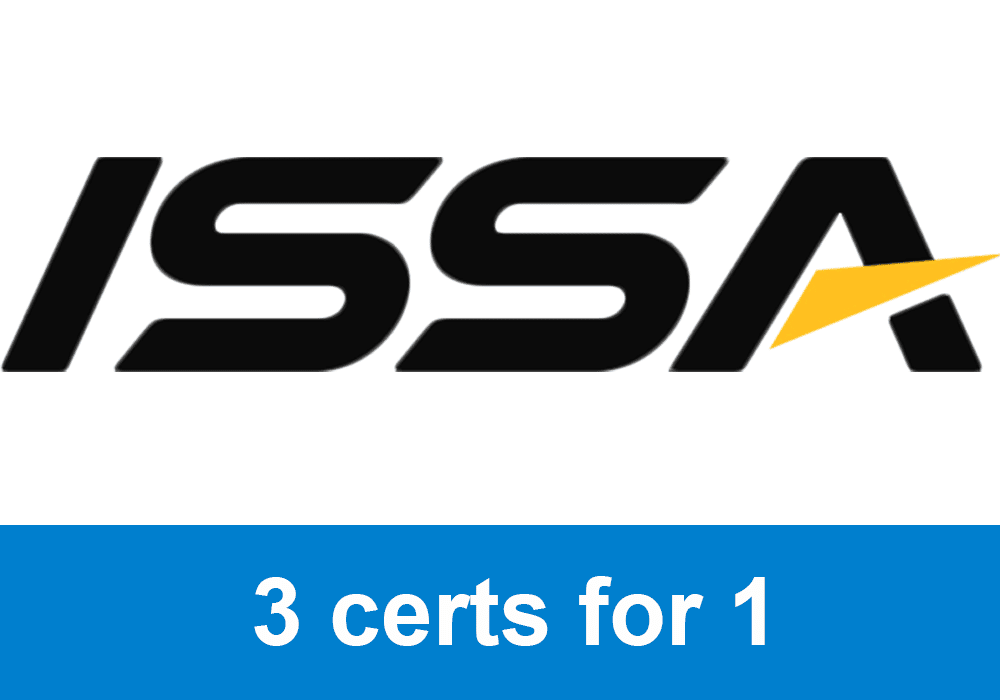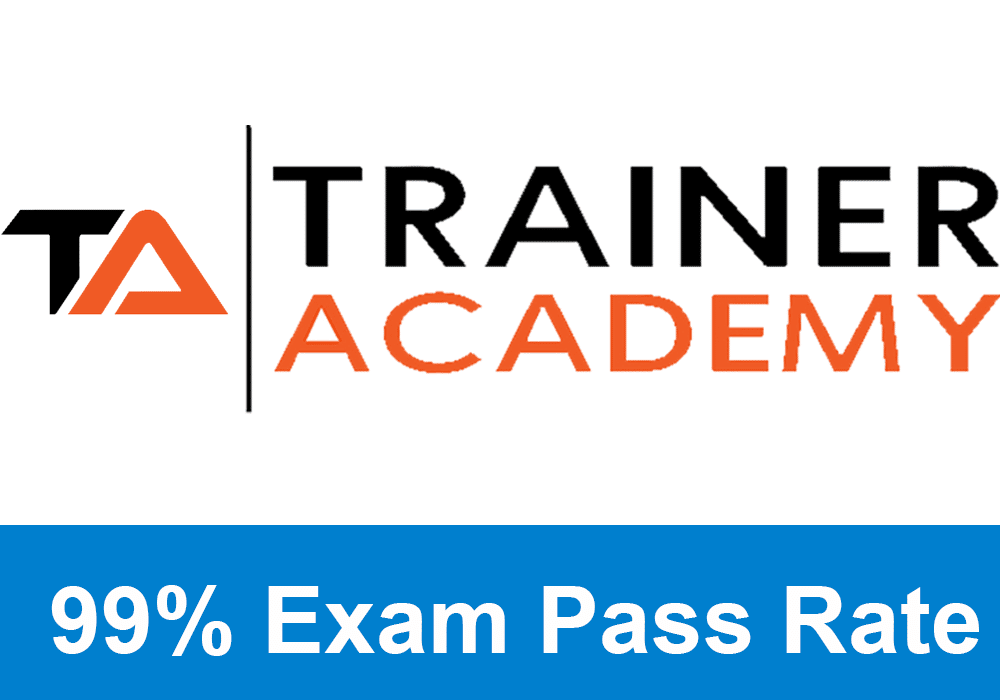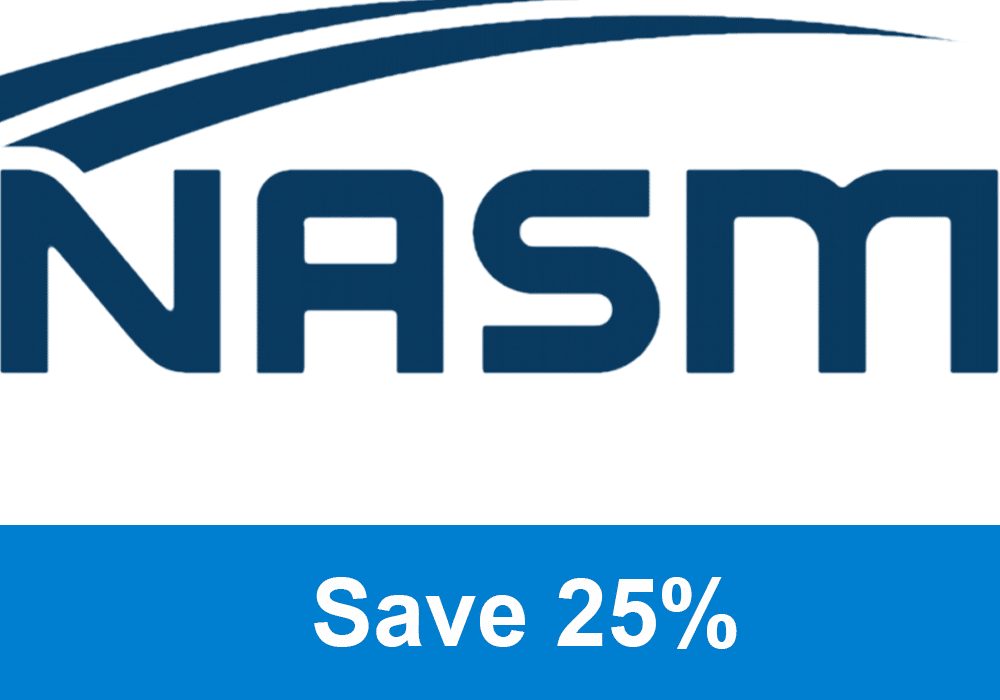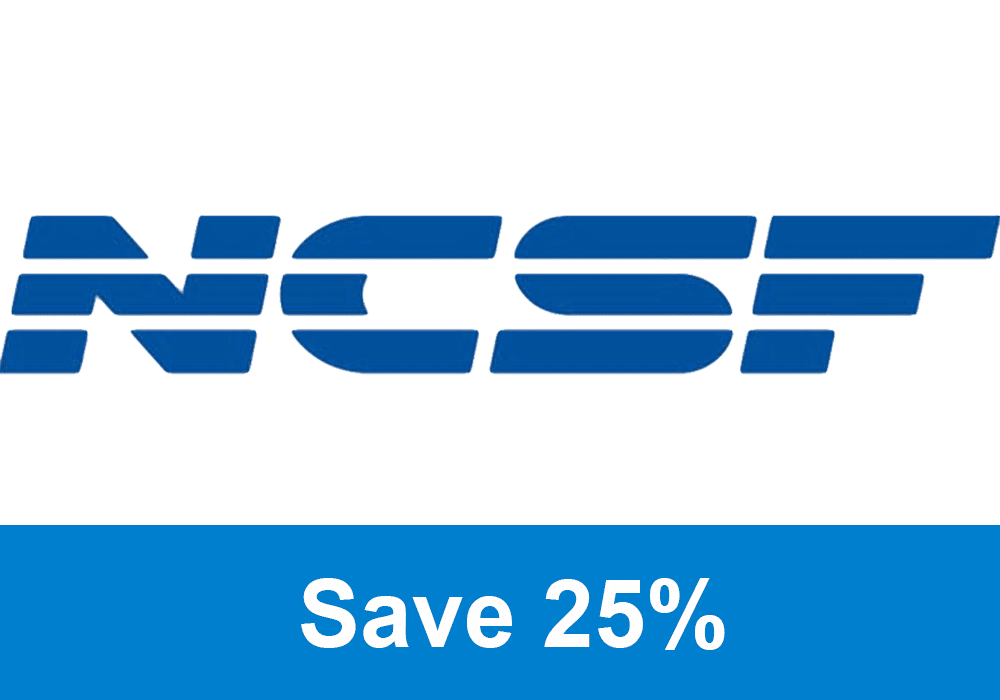
If you have not yet signed up for the NASM PES certification, receive a big discount here.
Get your copy of the NASM PES exam cheat sheet. It helps immensely for studying for the exam.
My PTP students report cutting their NASM PES study time and effort in half with Trainer Academy.
Benefit from the Exam Pass Guarantee and Retake Fee Guarantee. Plus, take advantage of my current discount code PTPJULY for 50% off the MVP Program (Ends July 6th, 2025).
Try it out for free here to see if it’s right for you, or read my detailed review for further insights.
Chapter Goals:
- Be able to explain the rationale for the use of Olympic lifts in improving performance.
- Find the prerequisites for the addition of Olympic lifting into a program.
- Look at and understand the technique for Olympic lifting and include the common compensations.
- Be able to discuss the safe and appropriate use of Olympic lifts in accordance with the OPT model.
Introduction
The scientific rationale for putting the Olympic lifts and any derivatives into the sports performance programs is quite scientifically and practically evident.
When performance specialists become more knowledgeable in designing programs, more information will be needed to make more effective recommendations for exercise.
Olympic weightlifting is its own sport; the competition lifts will be the snatch, clean, and jerk.
Exclusive PTP CPT Offers |
||
|---|---|---|
Most Popular Cert | Best Online NCCA Cert | Best Study Materials |
Gold Standard Cert | A Good Option | Best CPT for you?  |
These will improve explosiveness, true, but even more popular are the derivatives of these exercises, which will exercise like the power snatch, power clean, snatch, and the clean pulls.
It is important for the professional to understand how the flexibility, mobility, stability, posture, and control of the neuromuscular system will affect the ability of the athlete to perform all of these lifts properly.
The Scientific Rationale for Olympic Lifting
Olympic Lifting versus Resistance Training
Some people do not believe that Olympic lifting is needed due to the research sometimes showing there is not enough data to show that it is better than the traditional weight training styles.
Olympic lifting should be looked at for the use of the individual athlete and applied to them based on their needs and goals in the integrated training program.
The Principle of Specificity in Training
Selecting exercises is one of the acute variables for program design, so, the exercises we choose should apply to the athlete’s sport and follow the SAID principle.
Myriad sports require explosive power to succeed, and the Olympic lifts are quite valuable for enhancing power and programs similar to that goal.
7 independent qualities contribute to the athlete’s power capacity
- Max strength, or the ability to exert a force against resistance for the maximum amount in one rep and no more.
- High load speed strength
- Low load speed strength
- Rate of force production
- Reactive strength, or the reaction response to a stimulus, is needed for strength in response to some form of stimulus, if it is physical visual, auditory, or other.
- Skill performance
- Power endurance, or the ability to sustain high power outputs over a long period.
High Load and Low Load Speed Strength
Work output is a speed component that is based on the characteristics of the hyperbolic force velocity curve. According to this curve, the most force is generated when at slow contraction velocities.
Rate of Force Development
Force is not made in “square waves,” meaning that strength does not immediately progress from nothing to max force. The neuromuscular system’s mechanical, electrical, and elastic properties respond in a way that takes time. This rate of force development is the time the stimulus takes to reach the required force.
Exclusive PTP CPT Offers |
||
|---|---|---|
Most Popular Cert | Best Online NCCA Cert | Best Study Materials |
Gold Standard Cert | A Good Option | Best CPT for you?  |
Skill Performance
Skill is seen as the dexterity or coordination in the execution of learned physical tasks.
Movement Patterns and Region of Movement
The SAID principle recognizes that for the exercise to improve performance, it must show movement patterns similar to the targeted sports skills.
This leads us to the need for the universal athletic position.
This is the most common position in all sports and is essentially a position of readiness for response to sports activities.
The position is seen as standing in a quarter squat with flattened feet, your weight on the balls of your feet, the hips back, knees over the toes, shoulders over the knees, and the spine in a neutral position.
To exhibit power, the athlete must avoid any form of movement on the spine.
Olympic Lifting Prerequisites and How They Affect Lifting Techniques
Flexibility and Mobility
Athletes should be able to perform the deep catch positions well to perform the main Olympic lifts of the snatch and the clean and jerk.
The position of the deep catch will require the max flexibility possible of the plantar flexors, knee extensors, hip extensors, elbow extensors, and wrist flexors.
The joint needs to be not just flexible but also mobile.
Stability
This is a major need during these dynamic movements as they are triphasic. Stabilization is actually quite present in all joints during these movements, and since it is like that, we must make sure the athletes are well stabilized and those stabilizing muscles are thoroughly ready.
Posture
Since posture has its own chapter, we must assume it is quite important for most things. Olympic lifting is one place where it is quite essential since all parts of the body will be used with these massive dynamic movements.
Correct posture allows for the proper biomechanical advantages.
Neuromuscular Control
The Olympic lifts and all of their derivatives will be functional and closed chain exercises where the main actions here are in the frontal and the sagittal planes, although stability will be needed in all three of the planes.
A perturbation is a disturbance in motion that increases the chance of a breakdown of the human movement system, so we must make sure to have neuromuscular control down.
Adding to the external load can break down the form, only worsen the problems and lead to injuries.
The lower back will take a lot of the upper and lower body load while also controlling the movements happening.
Pay attention to all of the example exercises and the pictures and descriptions of the execution of each part of the movements. Then make sure to nail down the compensations that can be found in various movements in the population.
Phases 4, 5, and 6 are the ones that we really used when looking at the Olympic lifts since the lifts require some prerequisite strength for performance.

 Have a question?
Have a question? 



Tyler Read
PTPioneer Editorial Integrity
All content published on PTPioneer is checked and reviewed extensively by our staff of experienced personal trainers, nutrition coaches, and other Fitness Experts. This is to make sure that the content you are reading is fact-checked for accuracy, contains up-to-date information, and is relevant. We only add trustworthy citations that you can find at the bottom of each article. You can read more about our editorial integrity here.